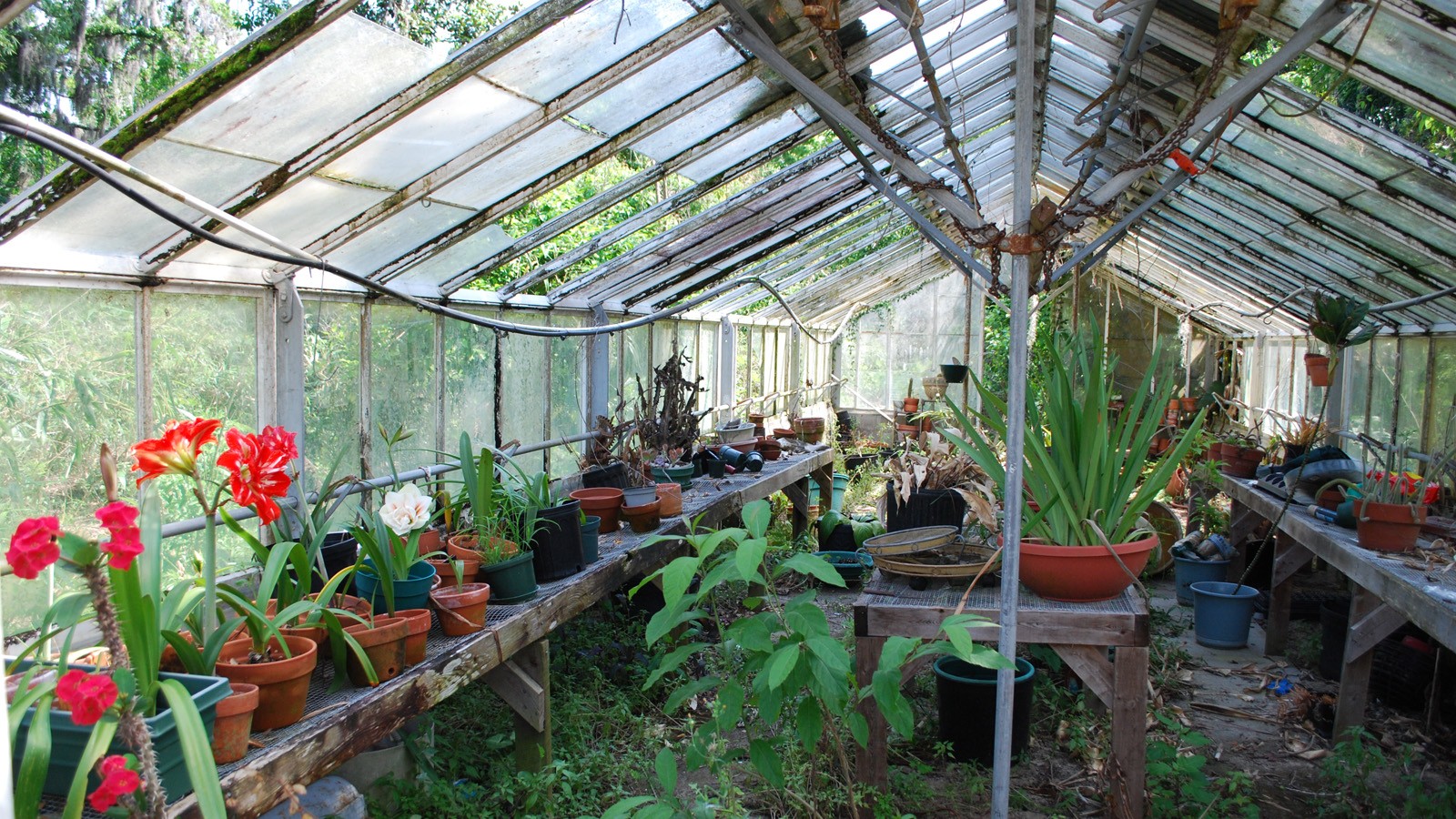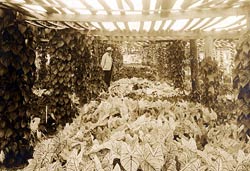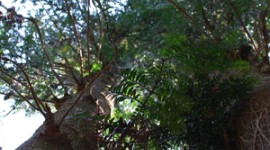Palm Cottage Gardens Acquired by Henry Nehrling Society

In 1885, Dr. Henry Nehrling, a naturalist, botanist and ornithologist from the Midwest, purchased 40 acres of undeveloped land in the newly founded community of Gotha, Florida, with the dream of developing a garden where he could grow tropical and sub-tropical plants year round.
By the early 20th century, Nehrling’s Palm Cottage Gardens became a popular destination for thousands of tourists, nature lovers, and new Florida settlers. Many prominent people of the era such as Theodore Roosevelt, John Burroughs, Liberty Hyde Bailey, and Dr. David Fairchild, the famous botanical explorer, visited these early gardens.
The garden ultimately became Florida’s first experimental botanical garden where Nehrling tested over 3000 new and rare plants for the United States Department of Agriculture as a collaborator of the Office of Foreign Seed and Plant Introduction of the Bureau of Plant Industry. Of these 3000 plants, over 300 new and beneficial plants were introduced into Florida’s landscape including palms, cycads, caladiums, hybrid amaryllis, hybrid magnolias, crinum lilies, camellias, bromeliads, Indian hawthorn, bamboos, and gloriosa lilies.


(above) Dr. Nehlring in one of the caladium lathe houses. (below) Giant bamboo at the Palm Cottage Gardens.
Nehrling was motivated throughout his life by his love of plants and dedication to the advancement of ornamental horticulture. Ultimately, his work became instrumental in the founding of the horticulture industry in Florida, including the caladium production which is today worth more than $13 million dollars to Florida’s economy and the millions of exported amaryllis that have direct ties to Nehrling’s work over a century ago.
After Nehrling’s death in 1929, the gardens lay fallow for five years until Julian Nally, a pioneer in bromeliad propagation, purchased them in 1934. Nally built several greenhouses and continued Nehrling’s planting legacy until his death in 1977. The property again lay idle for a time until it was purchased and subdivided by a group of developers. The house and surrounding six acres of the original gardens, which includes one of Nally’s greenhouses, were purchased in 1981 by Barbara and Howard Bochiardy, AIA who restored and added several structures to the site. With the death of her husband, Mrs. Bochiardy found it increasingly difficult to maintain the property and, by 2000, community members were working to raise funds to preserve the site.
Though the gardens were added to the National Register of Historic Places in 2000, the site continued to be threatened by invasive plant materials and a series of storms, including a hurricane in 2004, that heavily damaged the tree canopy. As a result, the site was included among the Cultural Landscape Foundation’s 2006 annual thematic Landslide list, Spotlight on the Garden, and was one of the Florida Trust for Historic Preservation’s 11 Most Endangered Historic Sites in 2008 and 2009.
In 2009, Henry Nehrling Society, Inc., a non-profit 501(c)(3) corporation, acquired the six-acre parcel with the hope of restoring and operating the site as the Nehrling Gardens. Within the parcel exists Nerhling’s towering, four-story tall bunya pine (Araucaria bidwillii), magnolia tree collection, oaks, palms, bamboos, and the 225-year-old grandfather cycad which predates the garden and Nehlring personally moved to the site. Today, the organization is working to restore the house and greenhouse as well as the gardens and tree canopy. In addition, their goal is to operate the site as an education center that teaches historic preservation, horticultural education, and environmental conservation.
While the Society was able to raise sufficient funds from individuals and private foundations for a substantial initial payment and first year operating funds and has been generously supported by volunteers’ time and in-kind contributions, much work remains. The Society is in the process of kicking off a major capital campaign and conducting a basic clean-up of the house and gardens. An initial condition assessment must be made of the property followed by the development of detailed plans for the rehabilitation of the historic house and gardens. The house is structurally sound but badly in need of restoration and the gardens, though, very much intact, are overgrown with vines and invasive species. Moreover, the large garage added by the Bochiardy’s in the 1980s can be easily adapted into classrooms and meeting space allowing the original 1880s vernacular, wood frame house for displays on Nehrling’s horticultural legacy and the history of the German-American community of Gotha.
The challenge now is to continue the momentum in the face of looming loans and dwindling state grants. The Society encourages any individual or foundation interested in supporting the historic house and gardens to get more information or become involved at www.nehrlinggardens.org.
All images courtesy The Henry Nehrling Society, Inc.





